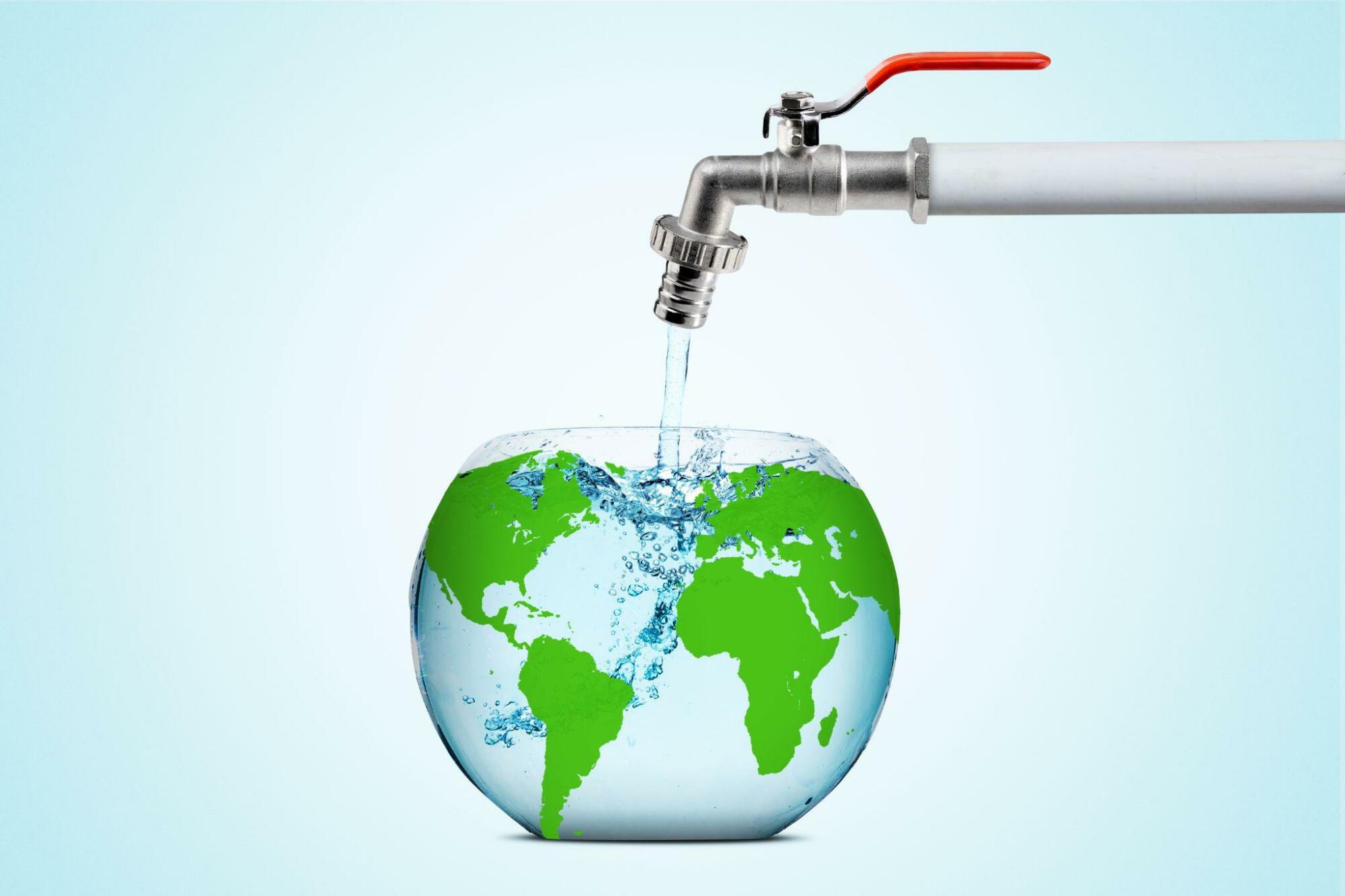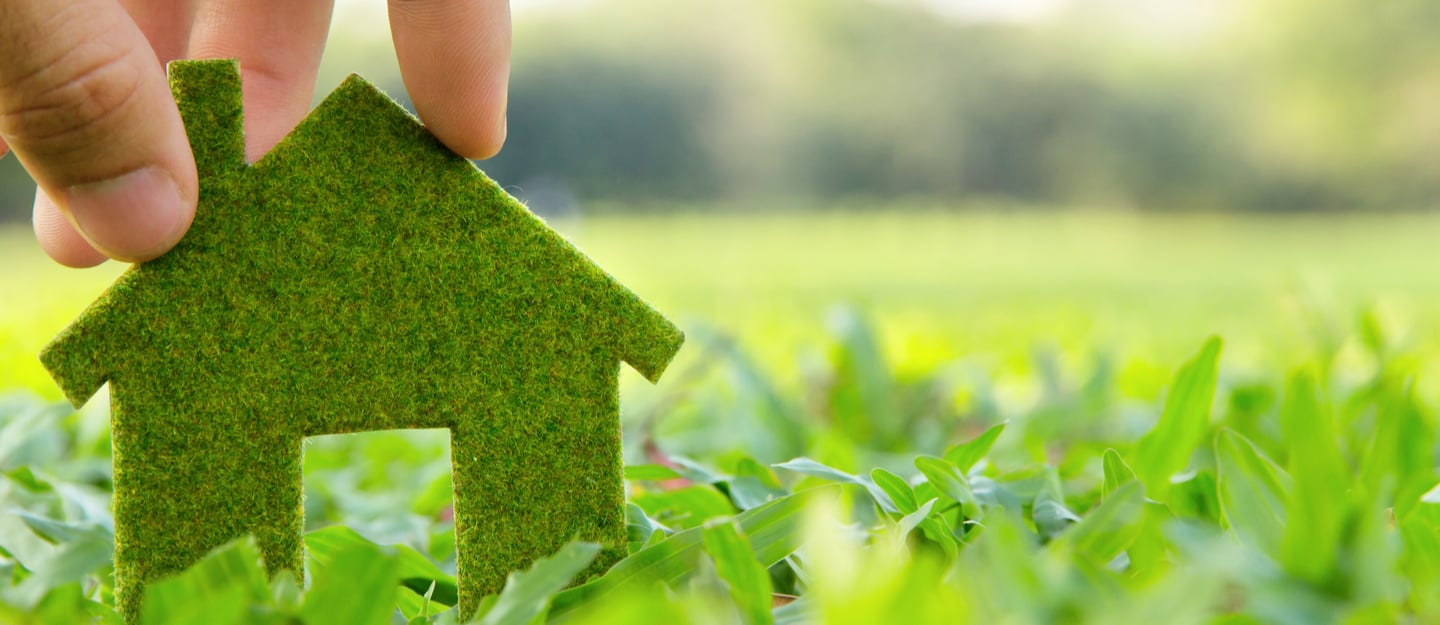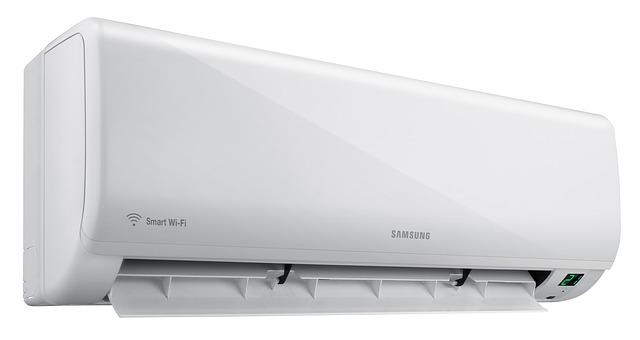Welcome to the age of sustainable living, a relevant and timely response to the global call to treat our planet with greater understanding, respect, and care. Following an environmentally conscious lifestyle has become more than just a trend—it’s a necessity. As natural resources become scarce and the world battles the effects of climate change, the responsibility of adjusting our habits and decisions towards a sustainable life is more crucial than ever. Among the numerous ways to achieve this lifestyle, a crucial aspect that begs attention is water efficiency.
The city of Sydney, known for its iconic Opera House, beautiful harbour, and vibrant lifestyle, has a unique relationship with water—an essential life-giver. Often faced with the challenges of drought-like conditions and an increasing population density, water scarcity is not a foreign concept for Sydney households. In these circumstances, adopting water efficiency measures at the household level becomes a pressing necessity. In this comprehensive and actionable guide, we aim to throw light on the importance of water efficiency, practical strategies to make homes in Sydney water-efficient, and the role of government and community in achieving water sustainability.
Understanding Water Efficiency: Importance and Basic Concepts
Water efficiency, in its most basic sense, can be defined as the conscious and informed use of water that minimises wastage and maximises utility. While worldwide water scarcity has been amplified by climate change, in Sydney, this scarcity has dual origins: fluctuating weather patterns and an increasing population. For Sydney, therefore, being careful about water use is incredibly significant at both the city and household levels.
To properly understand water efficiency, one needs to grasp two integral concepts. The first is treating water as a finite resource—despite its abundance on the planet, fresh, potable water is limited. The second is the ‘more from less’ approach—it is a plan to get maximum utility from minimum water usage. Unfortunately, statistics reveal that households in Sydney have one of the highest rates of water consumption, averaging around 200 litres per person per day. It is clear that if we can improve water efficiency at the household level, it will lead to a considerable reduction in water wastage, substantially lower Sydney household water usage costs and ease the strain on the city’s water system.
Assessing Your Water Footprint: First Step in the Sustainable Journey
The journey towards water efficiency begins with an assessment of your water footprint. In simple terms, a water footprint is the total volume of water consumed directly or indirectly by a consumer or producer—the ‘footprint in water’ we leave behind due to our habits and lifestyles. Recognising your water footprint is vital as it provides a clear picture of your impact on water resources. It helps you understand the areas in your household that contribute significantly to your high water consumption.
For instance, do you leave the tap running while brushing your teeth? Do you often take long showers? Do you use a dishwasher or washing machine only half-filled? Do you water your lawn or plants during the heat of the day? These are some common habits, probably unconscious, that can lead to larger water footprints. Once identified, the next steps involve devising a plan to replace these water-wasting habits with water-conserving ones, offering a practical approach to achieving your water conservation goals.
Practical Water Efficiency Strategies for Sydney Households
There are numerous strategies that households in Sydney can adopt to increase water efficiency. One of the primary measures is opting for water-efficient appliances and fixtures. Appliances such as washing machines and dishwashers, and fixtures like toilets, taps, and showerheads, use a significant amount of water in your home. Replacing older models with modern ones that comply with the Water Efficiency Labelling and Standards (WELS) scheme can result in substantial water savings. The more stars a product has, the more water-efficient it is.
Another area to improve water efficiency is in gardening and lawn care. Dripline irrigation, sprinklers with timers, and the use of native and drought-tolerant plants can significantly reduce water usage in your garden. Watering in the early morning or late evening when evaporation levels are lower can also conserve water.
Rainwater harvesting is an age-old system that is finding renewed significance today. It’s a simple, cost-effective strategy that involves capturing, storing, and using rainwater. Using this water for utilities like watering plants, cleaning cars, and flushing toilets, can reduce a household’s demand for tap water, leading to substantial water (and thus cost) savings.

Innovative Technology and Solutions for Water Efficiency
In an era of technological advancement, it’s no wonder that there are cutting-edge solutions to improve water efficiency. For instance, smart home devices like water controllers linked to weather forecasts and soil moisture sensors allow real-time monitoring of water usage, making it easier for Sydney households to save water. Also, these devices can provide leak detection alerts—which can potentially save hundreds of litres of water from being wasted.
An innovative solution developed in Sydney, known as inorganic mulch, is helping to conserve moisture in soil longer and thus reduces the requirement of frequent watering. Though technology is certainly not the ultimate solution to water scarcity issues, it can play a significant role by enhancing and simplifying water efficiency efforts.
Government Initiatives & Community Efforts in Sydney Towards Water Sustainability
Complementing individual water efficiency efforts are various legislative and regulatory programs by the New South Wales Government. The government offers rebate schemes to promote the installation of water-efficient appliances, rainwater tanks, and other water-saving solutions. It also provides services that assess and provide recommendations for improving water efficiency at the household level.
Sydney has a growing and active community of sustainability-aware citizens whose localised water conservation initiatives are setting an example. These include community gardens where rainwater is harvested for watering, and community workshops educating on the importance of water efficiency. Such activities genuinely emphasise that achieving water sustainability is a result of collective and consistent efforts and that government policies are effective only when coupled with community cooperation.
Conclusion
In today’s era, adhering to water efficiency for sustainable living has never been more critical, especially for Sydney households. Striving towards this goal involves understanding water efficiency, adopting water-saving habits, implementing water efficiency strategies, embracing technology for this purpose, and wholeheartedly participating in government and community initiatives. All these measures not only conserve our essential resource but also save households considerable money. As we move ahead, it is necessary to understand that incessant consumption at current rates leads us down a perilous path. Therefore, we must collectively realise that every drop saved contributes to the larger ripple effect, creating a more resilient and sustainable Sydney. Let us all be an active part of this change and contribute to saving water, one drop at a time.






